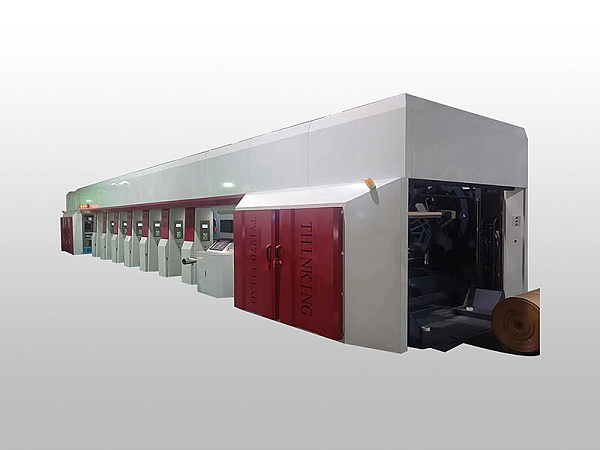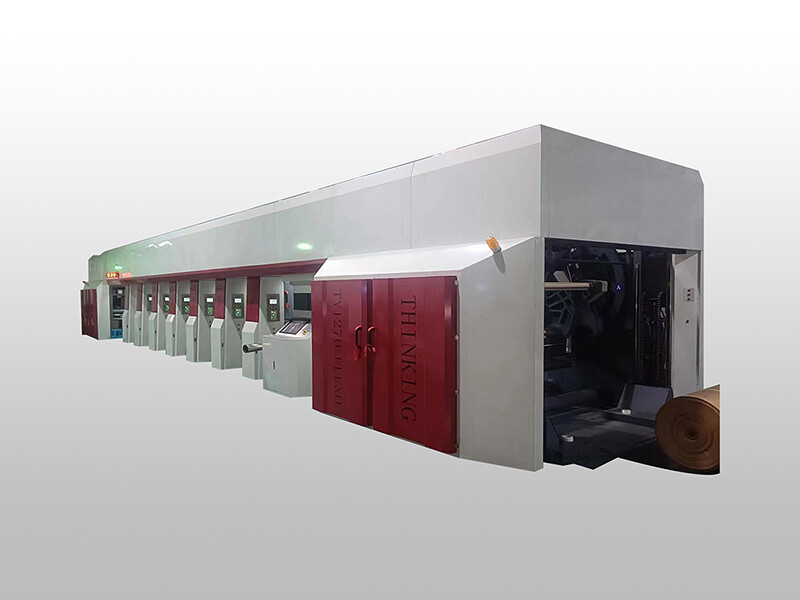7 Setup and Operation Tips to Maximize Run Speed on Your milk packet printing machine

Whether you're evaluating vendors or operating lines, this guide offers seven practical setup and operation tips to maximize run speed on your milk packet printing machine. From optimizing register and tension on your flexo printing machine to fine-tuning ink viscosity and die-cut timing, these actionable steps help operators, technical evaluators and decision-makers improve throughput without sacrificing print quality. If you’re comparing quotes from a milk packet printing machine supplier or a China milk packet printing machine manufacturer, these insights will help you assess performance claims and achieve faster, more reliable production.
Definition & Overview
Definition: In the context of packaging printing, a milk packet printing machine refers to a production line element—often a flexo printing machine—designed to print graphics, nutritional facts and regulatory text onto sachets or sealed pouches for liquid milk or dairy-based beverages. This definition covers inline flexographic units, pre- and post-print drying modules, and associated converting equipment such as slitter rewinds and die-cutters. Overview: The modern flexo printing machine has evolved to combine high-speed web handling, precise register control and advanced drying to meet strict hygiene, color and regulatory requirements. For purchasers comparing a milk packet printing machine supplier or a China milk packet printing machine manufacturer, it is useful to benchmark claimed run speeds against real-world setup variables: substrate type, ink system, plate condition and die-cut timing. Knowing these factors helps users and technical evaluators understand why nominal machine speed differs from achievable production speed on specific jobs.
Technical Performance & Seven Practical Setup Tips
Maximizing run speed without sacrificing quality requires tuning several interdependent parameters on your flexo printing machine and associated converting equipment. First, optimize web tension and register: stable tension reduces web flutter and image distortion, enabling higher machine speeds. Second, verify plate condition and impression settings—worn plates or excessive impression forces increase drag and set-off risk, forcing slower runs. Third, fine-tune ink viscosity and drying: faster run speeds need quicker drying systems or lower-viscosity formulations compatible with food-safe standards; coordinate with suppliers when switching to UV or infrared drying on milk packet printing machine jobs. Fourth, synchronize die-cut timing and servo controls to avoid wasteful stops; verify that the die-cutting machine or second-hand die-cutting machines are micro-synced to the print registration system. Fifth, use proper anilox selection and maintain clean anilox rolls to ensure solid ink laydown at speed. Sixth, implement preventative maintenance checklists—bearing health, guide rollers and belt tension play a major role in sustained high-speed runs. Seventh, train operators in quick-changeover techniques and inline inspection protocols to minimize downtime for sanitation and quality checks. Across these steps, the goal is to align operator skill, consumables and machine setup so that claimed flexo printing machine speeds translate into stable output for milk packet printing machine lines.
Procurement & Vendor Evaluation Guide
When evaluating a milk packet printing machine supplier or a China milk packet printing machine manufacturer, focus on proven field performance, spare-parts availability and service response. Request job samples produced at your target speed on your specific substrate; ask for data on downtime, waste rates and typical ink systems used. Compare flexo printing machine specifications such as web path stability, servo architecture, anilox compatibility and dryer capacity rather than only peak RPM. For contract managers and procurement teams, include acceptance criteria in contracts—acceptable variation in registration, maximum permitted waste and service-level agreements for on-site support. Our experience—We specialize in flexographic printing machines, second-hand die-cutting machines, paper bag printing machines,and other printing equipment.—and we provide test runs, documentation and operator training to bridge the gap between vendor claims and operational reality.
Case Study, Common Misconceptions & Call to Action
Case highlight: A mid-size dairy converter upgraded its inline flexo printing machine and retooled processes—replacing worn plates, upgrading dryers and standardizing ink grades—to increase net throughput by 28% without raising scrap. The secret was not only equipment but a short operator retraining program and tighter procurement specs for consumables. Common misconceptions include assuming that highest-rated machine RPM equals highest output; in practice, substrate behavior, ink drying and changeover time determine net productive speed. For information researchers, operators and corporate decision-makers comparing a milk packet printing machine supplier, evaluate both machine design and the supplier's ability to support process optimization. Why choose us: our portfolio covers flexo printing machine solutions, refurbished second-hand die-cutting machines and turnkey paper bag printing machines, backed by hands-on commissioning and measurable performance guarantees. Contact us to arrange a trial print, request a technical datasheet or schedule an on-site evaluation with one of our engineers—let's align machine capability with your production goals and ensure your milk packet printing machine delivers the run speed and reliability you expect.
Contact Us Today to Get a Quote
WhatsApp:+8613863655370
Tel:+8613863655370
E-mail:Chris@bochuanpack.com


